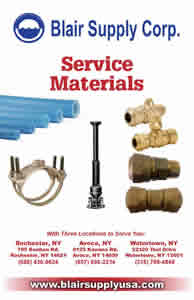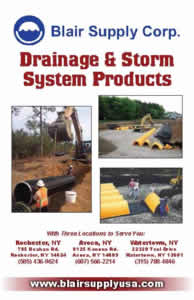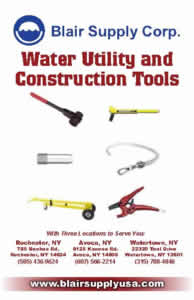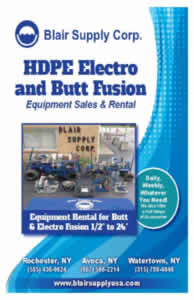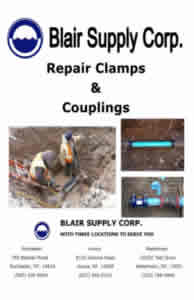Blog
Types & Specifications of Manholes in the US
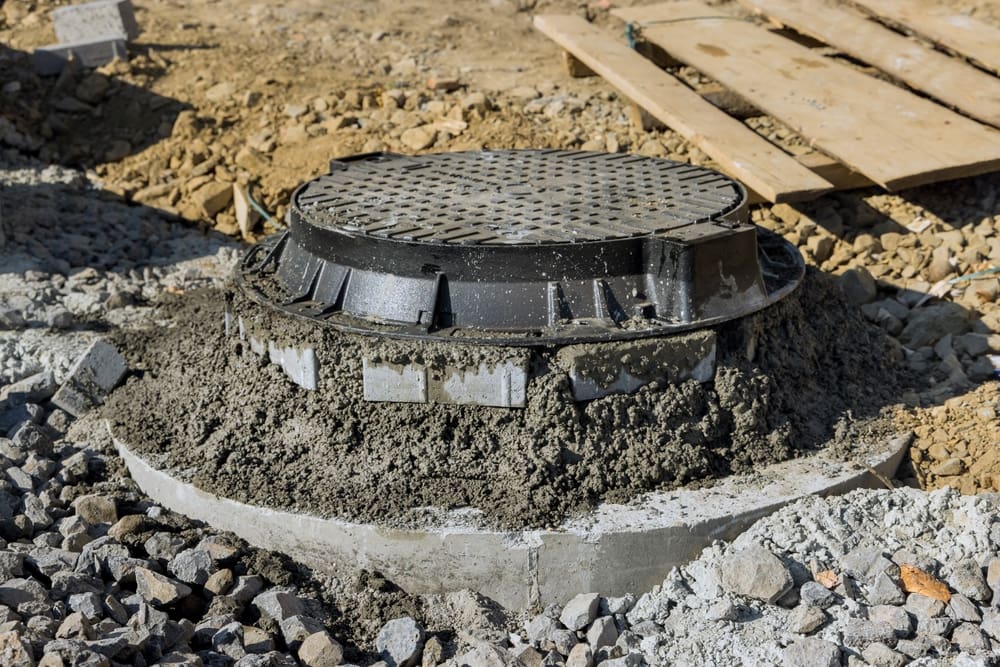
Manholes play a critical role in virtually every type of underground infrastructure. They grant utility workers swift, easy, and safe access to an array of systems, enabling them to conduct essential inspections and maintenance. However, not all manholes are built the same.
They differ in design and construction, from manufacturing materials to accessibility features such as manhole casting, reflecting the diverse needs of the modern world. Today, we’ll explore the three most common types of manholes and their features, to understand where and why they should be used.
What are the three types of manholes?
There are three types of manholes currently in use throughout the US: Shallow, Normal, and Deep. Typically referred to as Type 1, 2, and 3 respectively, all manholes are categorized based on their depth and purpose, with construction corresponding to their utilization.
Type 1: Shallow Manholes
- Depth: Less than 3 feet.
- Purpose: Used as inspection chambers in smaller or shallow sewer systems, Type 1 manholes are commonly found in areas with low traffic and low-flow low-pressure settings, typically at the start of a branch line.
- Construction: Shallow manholes can be made of precast concrete, plastic, or fiberglass and generally have a flat top or sloped design. They are significantly smaller in size than their Type 2 and 3 counterparts, making them easier to install and access.
 Type 2: Normal Manholes
Type 2: Normal Manholes
- Depth: Between 3 feet and 6 feet.
- Purpose: Most commonly used in residential and commercial areas for safe and easy access to sewer lines, utilities, or drainage systems for routine inspections, maintenance, and repairs.
- Construction: Typically made of precast reinforced concrete rings with a conical top, due to increased structural requirements, and may feature built-in steps or ladders to facilitate access. The lid is almost always heavy-duty as it needs to withstand excessive amounts of traffic.
Type 3: Deep Manholes
- Depth: More than 6 feet.
- Purpose: Used in deep sewer systems or large infrastructures.
- Construction: Typically tiered in design with conical tops and built out of reinforced concrete, enabling them to withstand heavy structural loads. Deep manholes almost always feature a ladder or platforms for safe access, as well as heavy-duty covers.
What is the difference between a sewer and a manhole?
While the two terms are connected and often used in conjunction with one another, there is a significant difference between them:
- Sewers are underground networks of continuous pipes whose primary purpose is to transport sewage, wastewater, or stormwater from different types of properties (e.g. residential, commercial, industrial, etc.) to discharge points or treatment facilities, where they can be disposed of in a proper and safe manner. They are an essential part of the infrastructure in every setting, be it rural, urban, residential, commercial, or industrial.
- Manholes are vertical shafts with covers (a.k.a. “casting”) that act as an access point to underground utility systems such as sewer and drainage but, also, electrical, telecommunications, gas, and many other infrastructures. Their primary purpose is to provide utility workers with easy and safe access to the aforementioned systems for inspections, maintenance, repairs, or upgrades.
 Where can I find long-lasting manhole casting for sale near me?
Where can I find long-lasting manhole casting for sale near me?
Blair Supply Corp. brings you an assorted collection of sewage and wastewater materials from some of the industry’s most renowned manufacturers. From durable manhole castings to long-lasting sewer top hats and more, we have everything you need to ensure safe and easy access to the most essential parts of underground infrastructure.
We deliver nationwide, so whether your project is taking place near Rochester’s George Eastman Museum or elsewhere in the US, you can rest assured that you’ll have top-tier materials that you need in a timely manner. Reach out to us today and facilitate every aspect of your construction project!

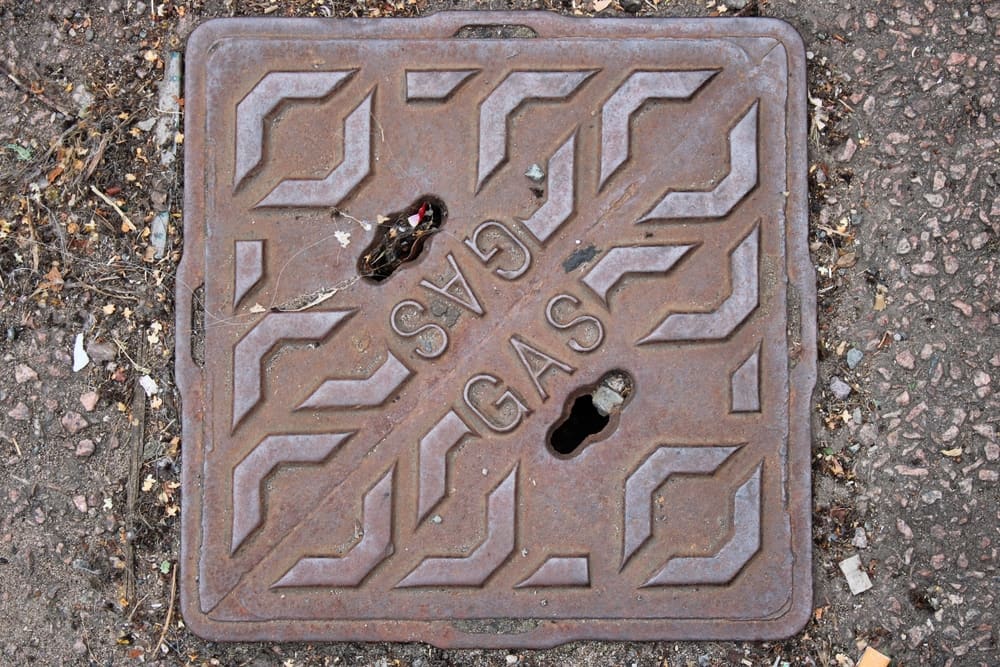 Type 2: Normal Manholes
Type 2: Normal Manholes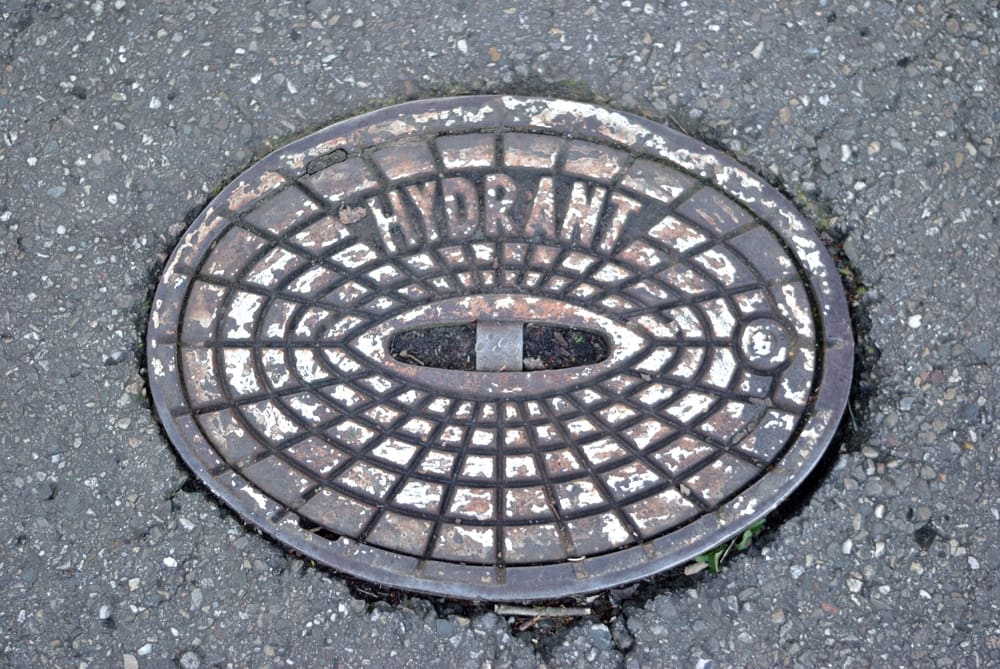 Where can I find long-lasting manhole casting for sale near me?
Where can I find long-lasting manhole casting for sale near me?